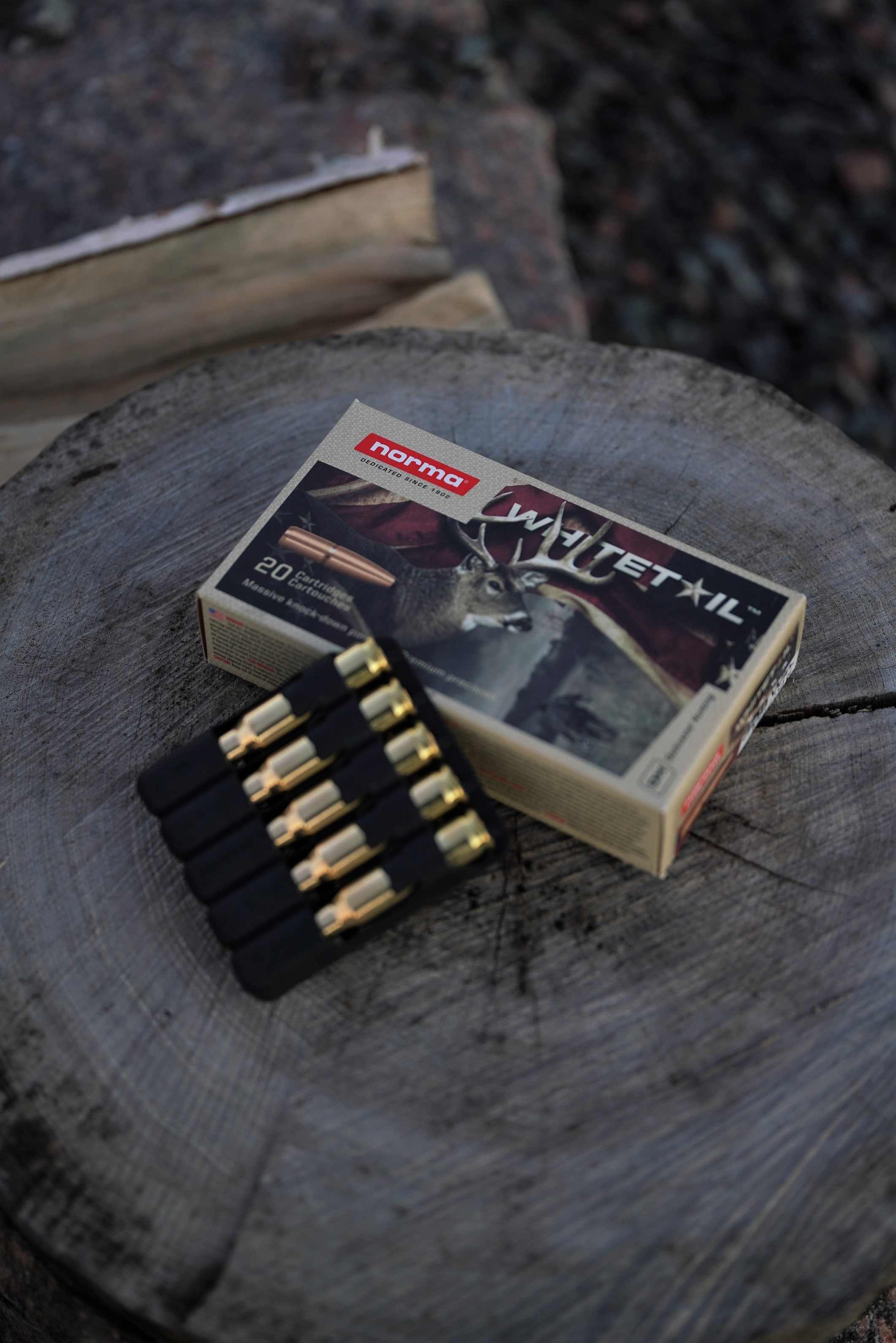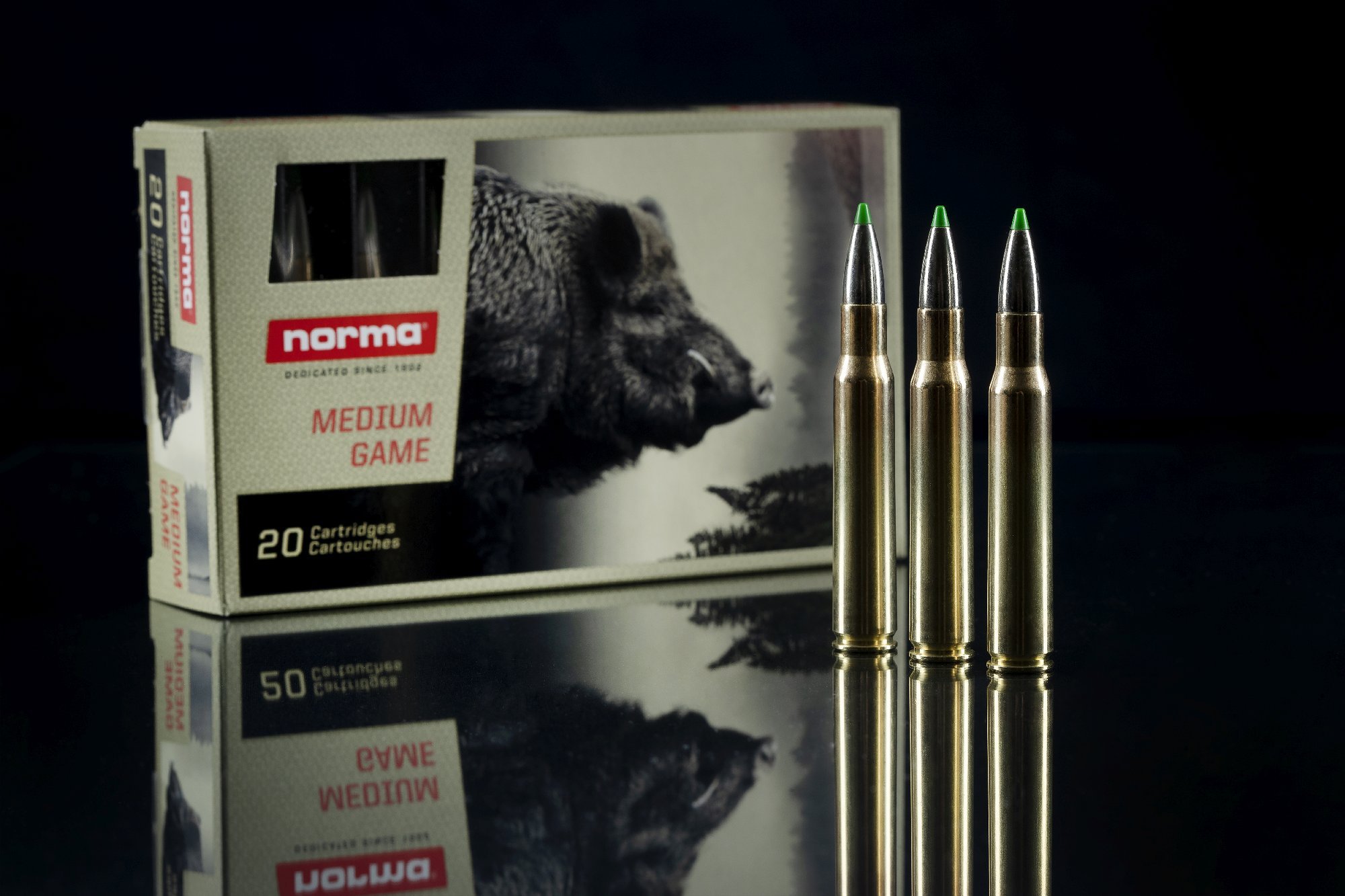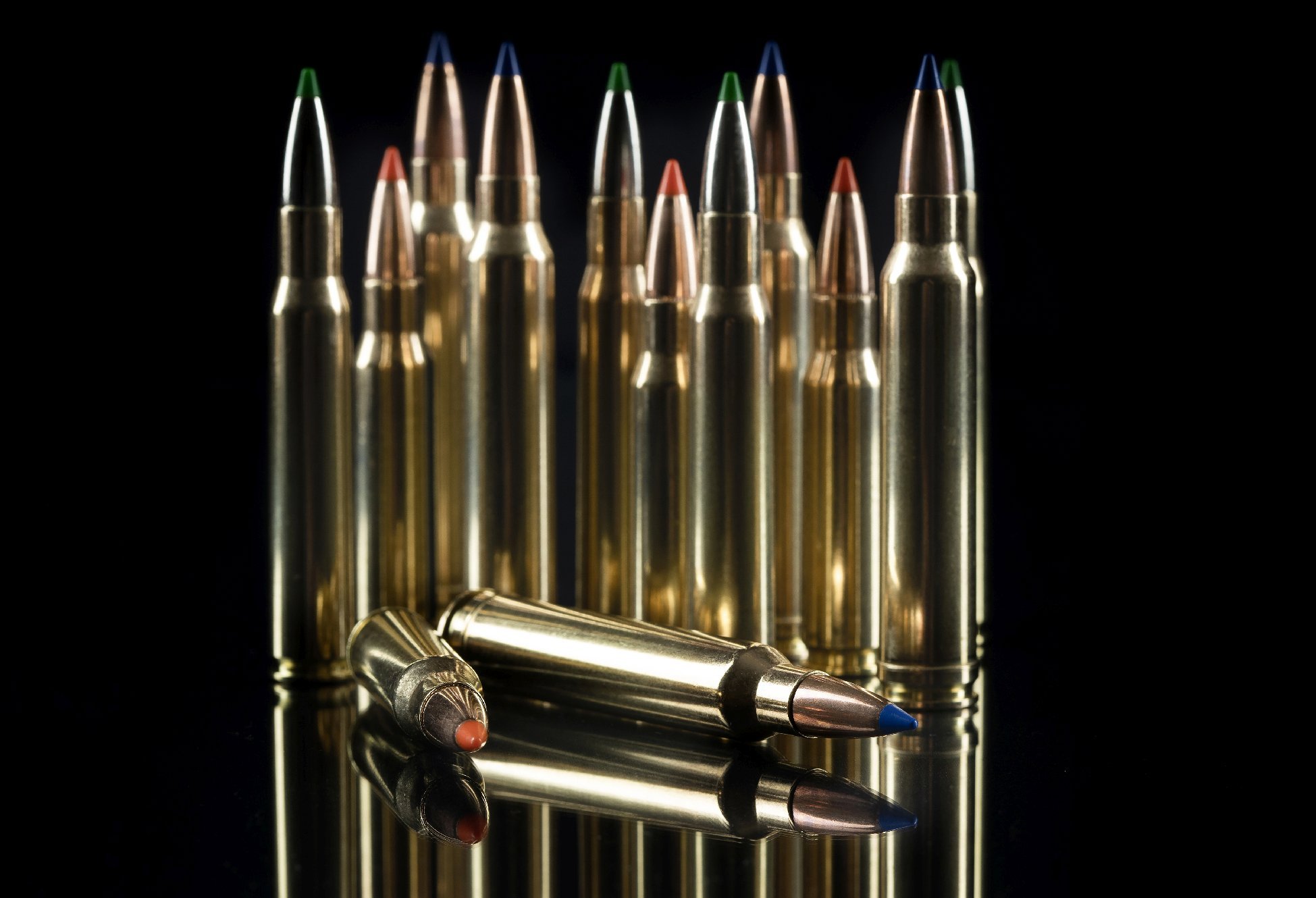Following the successful launch of the Norma Bondstrike bullet in .30 calibers, the company is now focusing on the 6.5 mm calibers this year. This caliber group has been experiencing an increasing upswing in recent years, not only among sport shooters. Hunters also appreciate the good combination of low recoil, high inherent accuracy and good BC value, which brings much of the output energy to the target. The Bondstrike has been designed from the ground up to provide good target ballistic effect over a wide velocity range and thus a high level of inherent accuracy over long distances.
It is intended to achieve the same at short ranges, but at long distances it is designed to achieve a higher residual weight than most point hunting bullets. In the 6.5 mm group, Norma is putting its finger on the pulse. Thus the 9.27 g/143 gr Bondstrike bullet is offered in three loads. In addition to the classic 6.5x55 SE, it is also offered in the long-range 6.5 Creedmoor and 6.5-284 Norma calibers. For reloaders, the bullet will also be available as a component.
The advantages of the Norma Bondstrike in 6.5 mm at a glance
Norma's Bondstrike hunting bullets are characterized by the following features and advantages:
- Argument 1: Match bullet tail for highest BC value in class and high inherent accuracy
- Argument 2: Unique bonding technology for high residual weight and maximum impact
- Argument 3: Aerodynamic polymer tip for a high BC value and rapid expansion
- Argument 4: Thin front bullet jacket for faster expansion and better impact
The new loads will be available from summer 2020.
New Calibers and ballistic data Norma Bondstrike for 2020:
| Caliber | Grains / grams | BC (G1) | BC (G7) | v0 in m/s | E0 in J |
| 6.5x55 SE | 143 gr/9.27 g | 0.629 | 0.313 | 830 | 3193 |
| 6.5 Creedmoor | 143 gr/9.27 g | 0.629 | 0.313 | 835 | 3232 |
| 6.5-284 Norma | 143 gr/9.27 g | 0.629 | 0.313 | 880 | 3589 |
| 6.5 mm (bullet) | 143 gr/ 9.27 g | 0.629 | 0.313 | − | − |
Further information is available on the Norma website.










